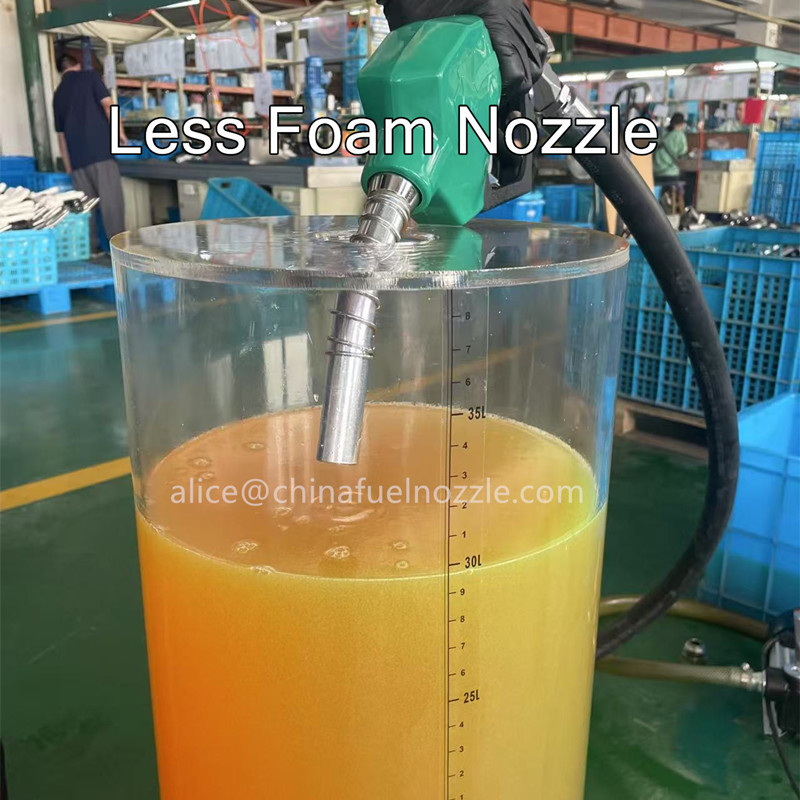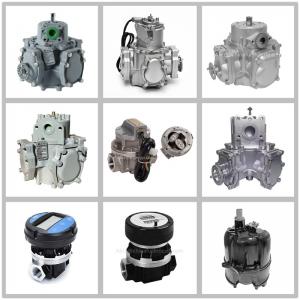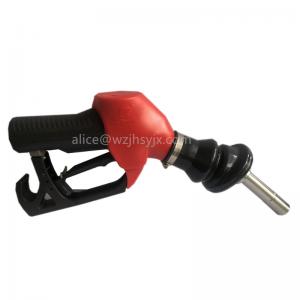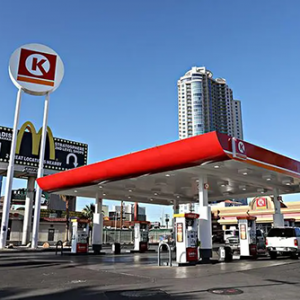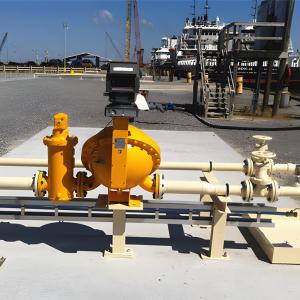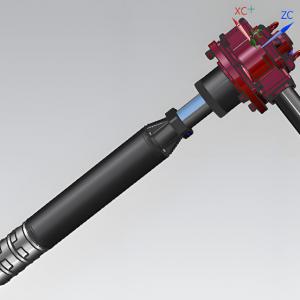Does Foam During Fueling Affect Fuel Dispenser Accuracy?
Does Foam During Fueling Affect Measurement Accuracy? A Deep Dive for Consumers and Gas Station Owners
When you're at the gas station, you might occasionally notice a significant amount of foam as the fuel flows into your tank. This often leads to a common question: does this foam affect the fuel dispenser's measurement accuracy? This article will explore the issue from both the consumer's and the gas station owner's perspective, offering insights and solutions.
I. For Fueling Consumers: Foam Does Not Affect Actual Measurement
First and foremost, for the vast majority of consumers, the foam produced during fueling typically does not affect the actual measurement accuracy of the fuel dispenser. This is due to the inherent design principles of modern fueling equipment.
1. How Modern Fuel Dispensers Measure Fuel
The fuel Flow meter, the core component of a modern fuel dispenser, is precisely engineered to measure the volume of liquid fuel, not the volume of foam, which contains gas. Common technologies like positive displacement flowmeters (e.g., piston, rotor, or gear types) or other flowmeter designs primarily rely on mechanical or electronic sensors that only register a valid measurement signal from continuous liquid fuel. The air or vapor within the foam, being vastly different in density from the liquid, is usually "filtered out" or ignored by the Flow meter and is not included in the fuel volume you pay for.
2. Potential Impact and Dissipation of Foam
Fuel foam usually forms when fuel mixes with air as it flows through the gas pump nozzle and impacts the inside of the fuel tank. This foam is primarily composed of air and fuel vapor, which quickly breaks down and dissipates over time, releasing the air and allowing the liquid fuel to settle.
While the foam itself isn't measured, in extreme cases, if foam is excessive and persistent (e.g., the gas pump nozzle is inserted too shallowly or due to specific vehicle tank designs), it might prematurely trigger the automatic shut-off stop mechanism of the gas pump nozzle. This could lead you to believe your tank is full when it might not be at its maximum capacity. However, this is simply a premature shut-off stop, not a measurement error—the volume already measured accurately represents the liquid fuel you've received.
3. Anti-Foam Design and Automatic Shut-Off Stop in Gas Pump Nozzles
Modern gas pump nozzles are designed with foam in mind. Many nozzles integrate Vapor recovery systems to reduce fuel vapor emissions and foam formation during fueling.
Additionally, the automatic shut-off stop mechanism of the gas pump nozzle is triggered by sensors that detect the rising liquid level (including foam) in the fuel tank. When this level reaches the nozzle's sensor, a pressure change causes the fuel flow to stop immediately, preventing spills. Even if there's still foam in the tank after the shut-off stop, this foam will eventually dissipate, and the fuel within it is part of the already measured volume.
4. Strict Regulations and Standards Ensure Accuracy
Countries worldwide enforce strict regulations and standards for fuel dispenser measurement accuracy, such as NTEP certification in the USA, the MID Directive in the EU, and metrological requirements in China. These standards ensure that fuel dispensers provide accurate measurements under various operating conditions (including different flow rates and temperatures). Even with foam interference, measurement errors must remain within permissible ranges (typically ). Metrology departments regularly conduct calibration and inspections to ensure compliance.
II. For Gas Station Owners: Foam Affects Operational Efficiency and Customer Satisfaction
While foam doesn't directly impact the fuel dispenser's measurement profit, for gas station owners, excessive foam during fueling can lead to significant indirect negative impacts, primarily affecting user experience, operational efficiency, and potential safety and environmental risks.
1. Decreased Customer Experience, Leading to Complaints and Trust Issues
-
Perceived Dissatisfaction: Customers seeing a lot of foam might mistakenly believe they're not getting a full tank or are being shortchanged. Even if the measurement is accurate, this can lead to dissatisfaction, unnecessary complaints, and disputes.
-
Erosion of Trust: Frequent foam issues can cause customers to doubt the station's service quality and integrity, potentially driving them to competitors and affecting the station's reputation and repeat business.
2. Reduced Fueling Efficiency, Impacting Operations
-
Frequent Shut-Off Stops, Increased Waiting Times: If excessive foam causes the gas pump nozzle to repeatedly shut-off stop, customers must restart or wait for the foam to dissipate. This prolongs individual fueling times, potentially leading to queues and congestion during peak hours. This, in turn, reduces the station's overall service efficiency and vehicle throughput, impacting revenue potential.
-
Increased Staff Workload: Employees may need to spend extra time explaining the foam phenomenon, reassuring customers, or even assisting with refueling, adding unnecessary burdens to their work.
-
Perception of Reduced Sales Volume: Customers might assume their tank is full due to premature shut-off stop caused by foam, even if they haven't reached their tank's maximum capacity (e.g., filling 45-50L in a 60L tank). While this doesn't affect the accuracy of each individual transaction, if many vehicles experience this "under-filling," from an operational perspective, the station might perceive a reduction in daily sales volume. This is because customers will need to refuel more frequently, indirectly increasing operational costs and customer time.
3. Potential Fuel Loss and Cost Issues
-
Minor Fuel Waste: Foam overflow or premature shut-off stops can lead to small amounts of fuel not entering the tank, instead clinging to the vehicle body or spilling on the ground. Over time, these small amounts accumulate, potentially increasing the station's fuel loss costs.
-
Increased Equipment Maintenance: Persistent and excessive foam issues can accelerate the wear and tear on components within the Vapor recovery system, such as sensors and valves, leading to increased maintenance frequency and costs.
4. Compliance and Regulatory Risks
-
Complaints Leading to Inspections: Customer complaints about foam can trigger mandatory fuel dispenser inspections by market regulatory authorities. If other issues are found or complaints are not handled effectively, the station could face additional operational costs or even penalties.
5. Safety and Environmental Impacts
-
Spill Risk: Despite the automatic shut-off stop, if customers repeatedly try to fuel when foam hasn't fully dissipated, or due to specific tank designs, there's an increased risk of fuel spills. Spills pose a fire hazard and contribute to environmental pollution.
-
Evaporation Loss: Fuel within foam has a larger surface area exposed to air, accelerating fuel evaporation and leading to economic loss. Simultaneously, increased volatile organic compound (VOC) emissions can occur, potentially resulting in penalties in regions with strict environmental regulations, especially for stations without efficient vapor recovery systems.
6. Misconceptions About Fuel Quality
Excessive foam can sometimes lead customers to believe there's an issue with the "fuel quality," such as water content or improper additives. However, the actual causes might relate to tank design (e.g., poor ventilation in some vehicle models), excessively fast fueling (especially with high-flow nozzles), or temperature variations (fuel tends to foam more in colder temperatures).
III. Conclusion and Countermeasures
In conclusion, while foam during fueling does not affect the actual measurement accuracy of the fuel dispenser, it can have significant indirect negative impacts on customer satisfaction, operational efficiency, and potential safety and environmental risks for gas stations.
For gas station owners, actively addressing foam issues is crucial:
-
Optimize Equipment: Regularly inspect and maintain gas pump nozzles and vapor recovery systems to ensure they function correctly. Consider upgrading to gas pump nozzles with foam suppression features (e.g., low-flow mode or anti-vortex nozzles).
-
Staff Training: Enhance employee training to ensure proper gas pump nozzle operation (e.g., full insertion into the tank, controlling initial flow rate). Train them on how to clearly explain the foam phenomenon to customers and address their concerns.
-
Fuel Quality Control: Ensure the procurement of high-quality fuel, as lower-quality fuel can sometimes be more prone to foaming.
-
Inform and Guide Customers: Use signage or staff guidance to suggest that customers refuel at a slightly slower pace, especially as the tank approaches full, to minimize severe foam formation.
By implementing these measures, gas stations can not only provide a smoother, more efficient fueling experience but also effectively maintain their brand image and earn customer trust.
